MUST READ ART BLOGS
How does different lighting affect your art collection?
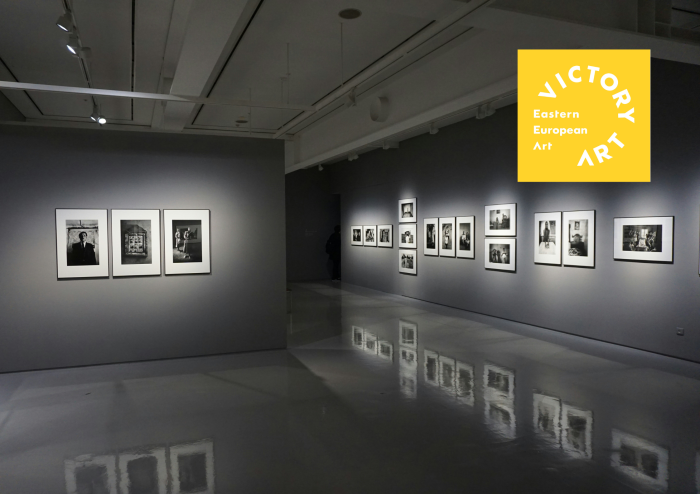
After buying an artwork, you usually think about the framing and how to take care of your artwork. But have you ever considered how important lighting is for your artwork? Lighting may seem unnecessary but it is beneficial to help display your beautiful artwork! Plus lighting is a crucial part of interior design. It plays a big role in achieving the overall look for your home as it helps create an ambiance and mood for space.
Before getting into the technical aspects, there are some basic types of lighting you should know:
1. General lighting: This is the basic form of lighting to replace sunlight. Basically, it helps you see and walk around your home safely.
- Downcast lights: placed below the ceiling or the wall
- Upcast lights: such as wall scones or torchieres, which illuminate towards the ceiling
2. Task lighting: As the name suggests, it helps you perform specific tasks such as reading, cooking, and doing your makeup. These lights use bulbs that are higher per watt in order to boost general lighting.
3. Decorative lighting: These lights help create a relaxing atmosphere. It varies in light levels and sources. It can be used to draw attention and add beauty or distinction to a room.
4. Accent lighting: It is designed to highlight interesting features around your house, such as artwork. It helps create visual interest. This light is roughly 3 times brighter than general light.

Photo by Lanju Fotografie on Unsplash
Now that you know the basic function of different types of lighting, let's get more technical. How does lighting affect your artwork? Is sunlight not enough?
Natural sunlight actually does more damage to your artwork. It affects the hue, texture, and life expectancy. It's important to know that artworks do age, and depending on the lighting determines the longevity of the artwork. So, as a collector, you want to preserve your art collection for a long period of time. Besides, who wants to store their 6000 euro painting in the dark?
Here is a basic chart on the sensitivity of different art mediums and how they are affected by light:
| Material | Sensitivity | Recommended Lux Level |
| Prints, drawings, watercolors, old photographs | High | 50 Lux |
| Oil and tempera paintings, plastic, white photographs | Medium | 100 Lux |
| Stone, ceramic, glass, metal | Low | 300 Lux |
Moreover, different artworks have different characteristics, such as the medium; therefore, we must consider the different lighting that fits with each artwork:
Oil painting
Oil paintings have glossy features, which means there are issues concerning glare when spotlights or light bulbs with a narrow beam angle are used to light them. However, this problem can be avoided by using multiple light sources with lower intensity.
Creator choice: sea coast by Natalia Tabimory.
Try out the new AR feature to see how this Oil painting looks on your wall!
Acrylic painting
Acrylic paintings do not have many issues with glare; however you need to ensure there is optimal lighting. Check for CRI (color rendering index) and ensure that it is nearly 100%.
Creator choice: Yellow by Dominika.
Watercolor Paintings
Despite not having glare issues, they are usually protected by glass. Ensure enough space to prevent issues related to heat or UV. To make it easier, you can also use glass with UV protection or anti-reflection glass.
Creator choice: Palalierul Nebun by Dan Armand Stancu.
Photographs and Prints
This is similar to tips suggested for watercolor paintings however it depends on the finish prints. Glossy prints are more prone to glare while matte prints produce less glare.
Creator Choice: From Brooklyn to Harlem (NYC, USA) by David.
Sculptures
Sculptures should be lit from multiple angles to ensure that viewers can view them from multiple dimensions.

Creator Choice: Void? by Martin Kafes33 Hirth
If you still need more guidelines on how to display your precious art collection, you always have the option to hire a lighting designer. They will analyze your space and its features. They will analyze all the properties and decide which area will be lit and which area won't be.
Check out our collection to find the one that fits the tone of the lighting at your home and office the most!
Overall, lighting plays an important role in displaying your art collection. Take a look at museums or galleries, for example, as lighting is used to create a variety of moods in the exhibition space. Some sculptures would have dramatic light on them, while some paintings have subtle light. The use of lighting will enhance and give viewers the full experience. If you have an amazing collection of art, why not use lighting to give your collection a finishing touch?
Recommended further reading on Led-professional
If you have other questions about art in general and buying arts, we are here to help you. You can book a consultation session with us.
Which art piece would not have glare issues?
Scratch to find out!
|
|
|
|---|
If you want to know, even more, check our more detailed guide on how to buy art for yourself and for your office. We are always here to help you to find the right artwork, you can book an appointment with us, and remember, enjoy yourself while in the process!
CHECK OUT OUR BEST BLOGS

.webp)

.webp)
.webp)
.webp)
.webp)
.webp)




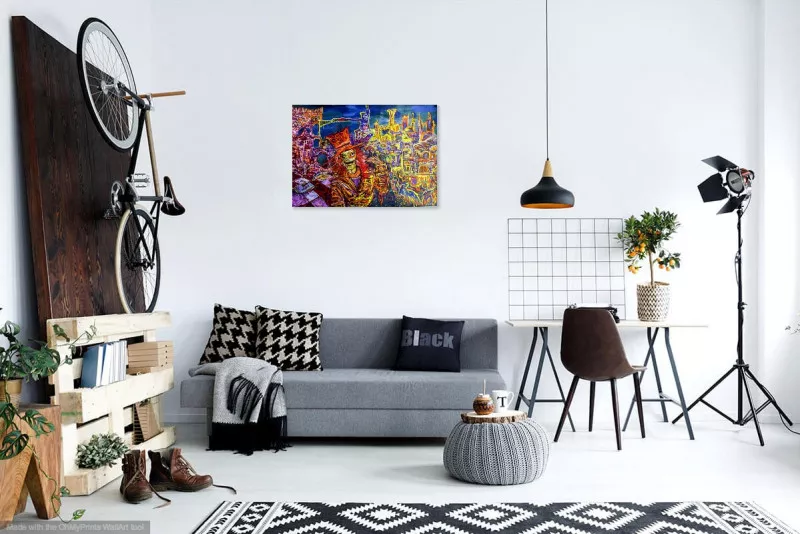
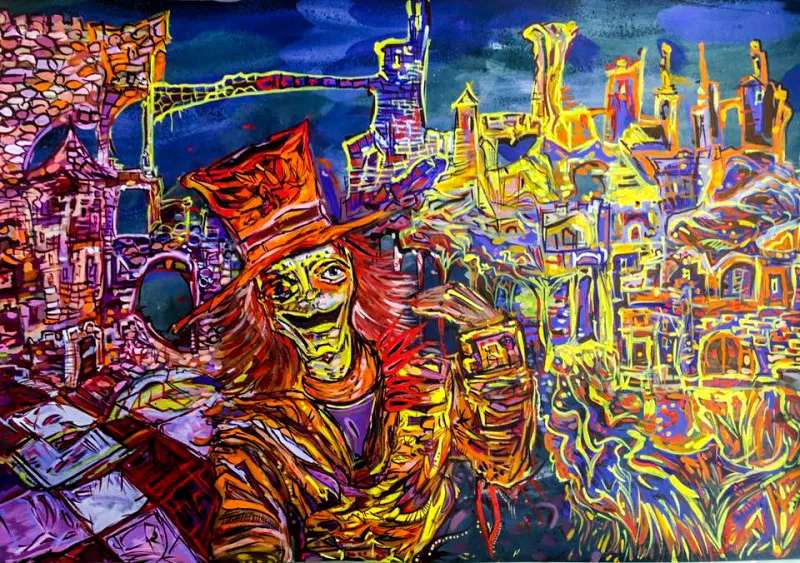
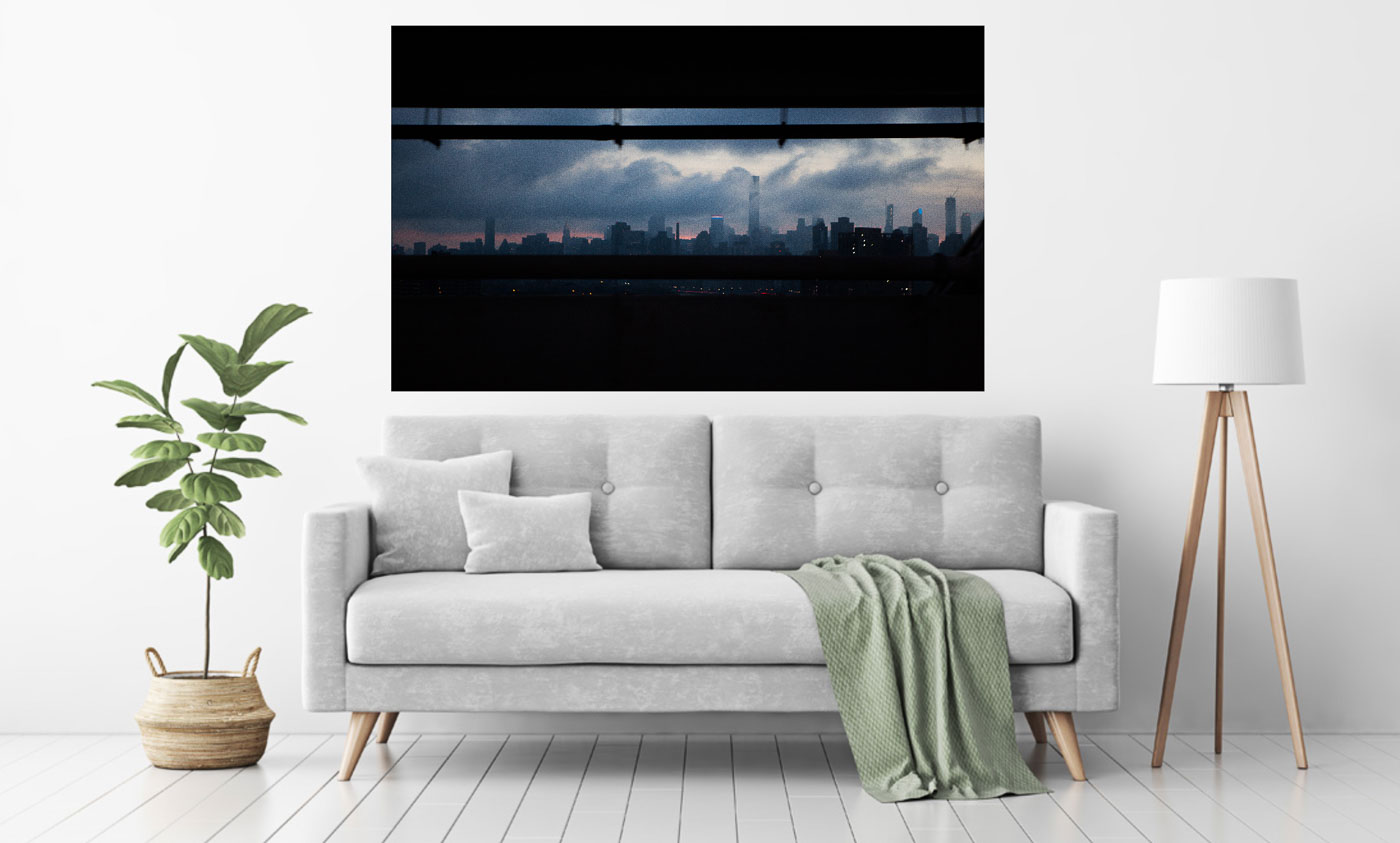
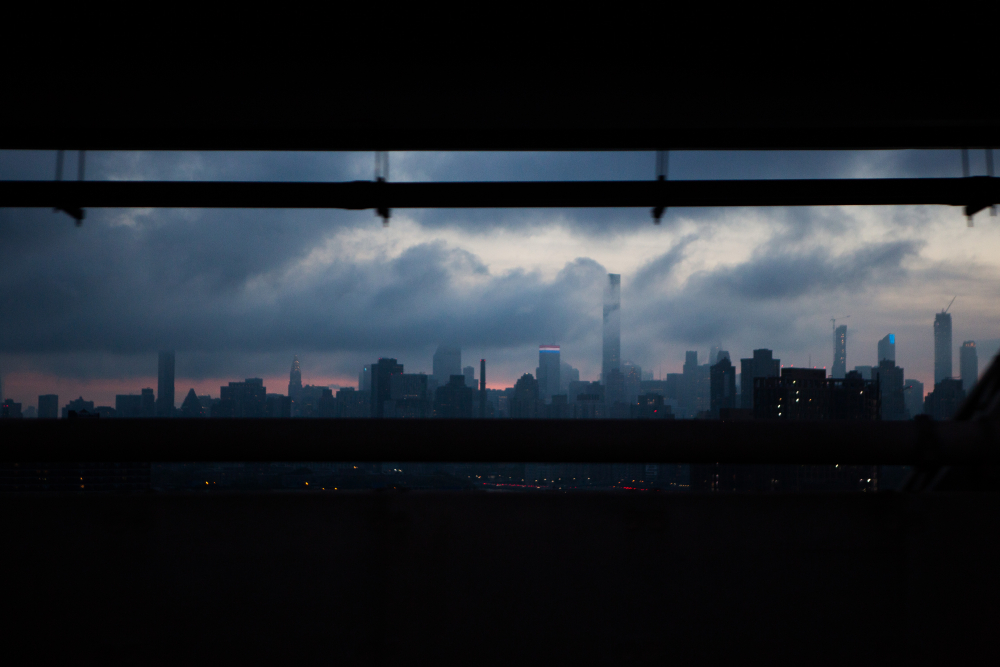










.jpg)